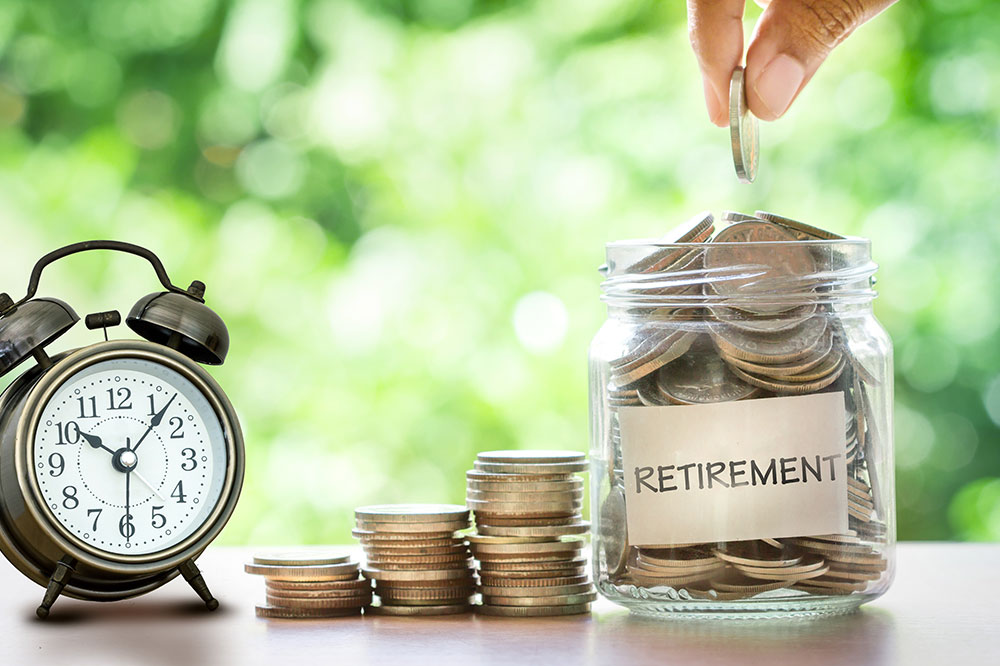7 traditional hot spots for the flu

Influenza or flu is an acute respiratory infection caused by influenza viruses, which could spread between people when they cough or sneeze. Individuals recover without treatment in most cases but often wonder how to reduce their risk of infection, especially since they might be exposed to other people with the virus at home or outdoors. Here are a few traditional flu hot spots one should know about and approach with caution.
Door knobs
One of the most common places for the flu virus to thrive is door knobs. An infected individual might cough and touch the door handle, transferring the virus to it. When another individual touches this surface and then touches their eyes, nose, or mouth, the virus enters their body and makes them sick. One must, therefore, clean doorknobs regularly with disinfecting wipes or sprays to control the spread of viruses like influenza.
Dish sponges and rags
One should dispose of discolored and worn sponges after a week and wash dish rags and towels every three to five days. Germs and viruses usually thrive in these kitchen utilities, increasing the risk of illnesses. Another common place where germs and bacteria flourish is the kitchen sink’s drain flange. The region requires frequent disinfection and cleaning.
Purses and wallets
When traveling, people usually carry a purse or wallet. However, many do not realize these accessories are breeding grounds for viruses like the flu to thrive. One must clean purses and wallets using the correct methods based on their material, such as a washing machine for canvas, gentle hand washing for faux leather, and specialized cleaner for leather and suede.
Smartphones
The excessive use of smartphones exposes them to bacteria and viruses. One must clean their smartphone screen and the rear panel daily with a dedicated disinfection cloth. Individuals must wipe the disinfectant with a microfiber cloth to avoid damaging the screen.
Handrails
Handrails are often installed in elevators, escalators, staircases, and other public places. While useful, they are usually left uncleaned for days at a stretch and exposed to thousands of people, some of whom might be infected with the flu virus. One must avoid direct contact (use gloves) or wash their hands promptly after touching the surface.
Gas pumps
Public locations like gas pumps are exposed to several environmental elements, which makes them hot spots for germs, including the influenza virus. When one refuels their car, they must use hand sanitizer to reduce the risk of an infection.
Shopping malls
A shopping mall’s store counters, shopping carts, and baskets are among the biggest hot spots for germs. When shopping, one might also be exposed to air contaminated by individuals with the flu. Therefore, when one goes to such places, they should take preventive measures, such as wearing a mask and sanitizing their hands.






